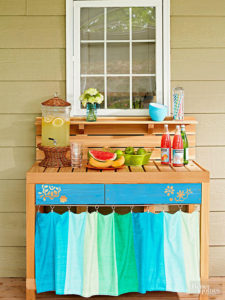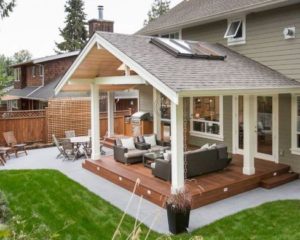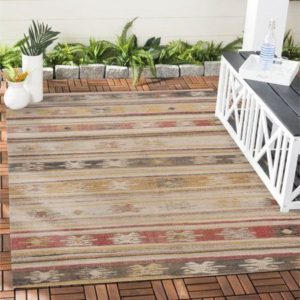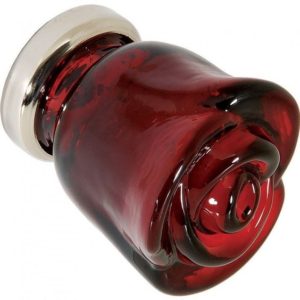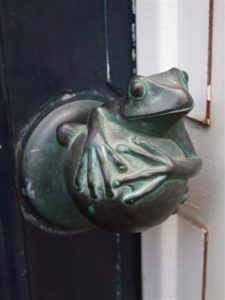3 years ago, I planted 10 raspberries around 3 feet apart. About 3 months after I planted them they were all mowed down by deer Fortunately, they were hardy beasts and the next year I was pleasantly surprised to see they had made a comeback. It’s been now 3 years since I planted them, and the patch is around 5-foot-wide and 20 foot long.
The I found out that they were everbearing or fall bearing raspberries producing the end of August and thru September till frost. I like the gold over red but I have always had a thing for oddly colored fruit, probably why my alpine strawberry adventures started with white berries. However my bed is planted with red berries which I found are a lot tougher then the whites and golds.
So, you can mow them to the ground in late winter and not worry, just make sure you do not get the June bearing which set fruit on the previous year’s growth.
There is another amazing characteristic of everbearing raspberries that make them perfect for the lazy gardener. Fall bearing raspberry varieties tend to be shorter than summer bearing. I don’t have anything to support my fall raspberries and they couldn’t be happier. They get about 3 feet tall with stocky stems that support themselves well.
If you have the room and you can get your hands on some Fall Gold raspberries I wholeheartedly recommend you plant them. The berries are large, soft and sweet. They would never survive a commercial operation, they barely survive the walk into the house (that may say more about me than it does about the structural integrity of the berries…) I’ve only grown one variety (just lots, and lots of them!) of fall bearing raspberries called Caroline, but next year I plan to add a few more varieties along the south end of the garden.
My favorite use for them is to pick a few and put them in pancake or waffle batter. Of course, you use raspberry syrup poured over them.

